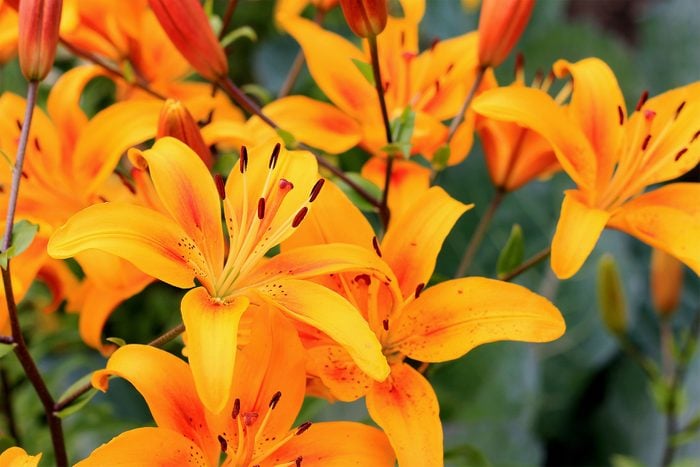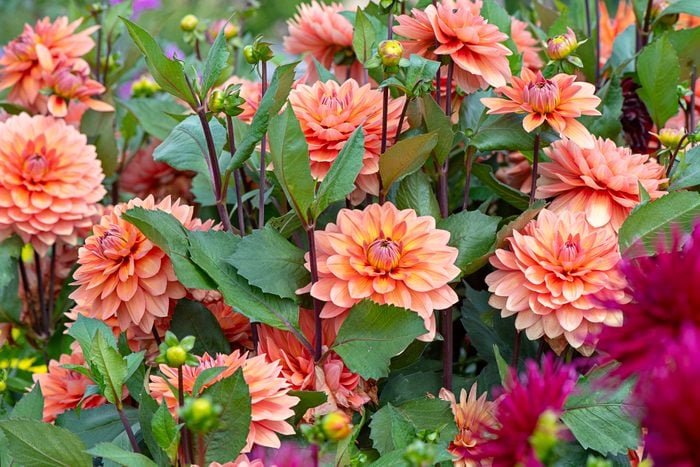
Dahlias
Dahlias grow magnificent, large, bushy blooms that come in nearly every color of the rainbow. “There is truly one for every garden,” says Peggy Anne Montgomery, a horticulturalist with flowerbulbs.com. “It’s no wonder they are the darlings of Instagram when they bloom from mid-summer to fall.”
Most dahlias need staking to hold their large, heavy blooms upright, but the butterflies they attract are well worth the tradeoff. They are also great for flower arrangements, but don’t cut them in bud, as they won’t open after cutting.
How to Plant and Grow Dahlias
Plant after the last frost, in full sun to light shade. Sow 4 to 6 inches deep and 18 to 24 inches apart in well-draining, rich soil. Dahlias grow in zones 8 to 11 as perennials and Zones 3 to 8 as annuals (or dig up and store tubers inside over winter).
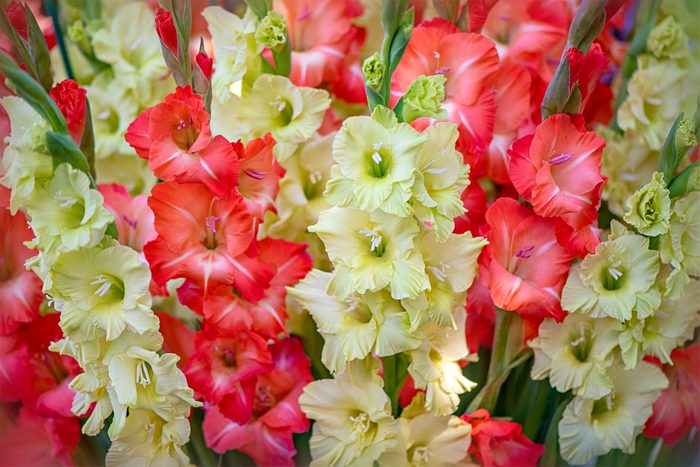
Gladiolus
Lovely and fragrant, gladioli grow long stems covered in frilly, brightly colored blooms. “I can’t think of anything more dramatic than a vase full of glads in the summertime,” says Montgomery. “New breeding work has also brought countless cultivars in unique colors.”
You’ll need to stalk the taller varieties or grow them with another plant like an ornamental grass to help hold them upright, says Montgomery. “They are sometimes called sword lilies because of the shape of the leaf, but people generally use the Latin plural gladioli or simply glads.”
How to Plant and Grow Gladiolus
Plant in full sun to light shade in well-draining, organically rich soil. Sow corms every 10 to 14 days from spring until early summer, for continuous blooms; 4 inches deep and 6 inches apart. They’ll grow in Zones 7 to 10 as perennials and Zones 3 to 7 as annuals (or dig up and store inside over winter).
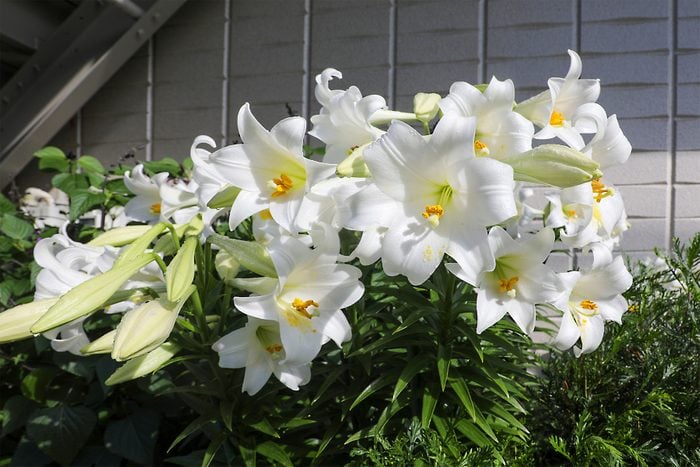
Lilies (Asiatic, Oriental)
Lilies are the plant of the year, according to The National Garden Bureau, and flowerbulbs.com has narrowed that down specifically to Asiatic lilies. These low-maintenance, vibrant perennials attract hummingbirds and other pollinators.
Shorter varieties do well in containers and small gardens, plus make nice additions to flower arrangements. Innovative double-flowering varieties last longer in the vase. Some are also pollen-free so they won’t stain the tablecloth (but those don’t attract pollinators).
“Many lily varieties are delightfully fragrant,” says Montgomery. “Oriental lilies, in particular, are known for their captivating perfume, whereas Asiatic lilies are the perfect choice for people who don’t care for the fragrance.”
How to Plant and Grow Lilies
Plant in full sun to partial shade. Sow 4 to 6 inches deep in well-draining soil. Depending on the variety, they’ll grow from Zones 3 to 9. Pro-tip: to extend the season of color, plant midsummer blooming Asiatic lilies together with late-summer blooming Oriental lilies, says Montgomery.
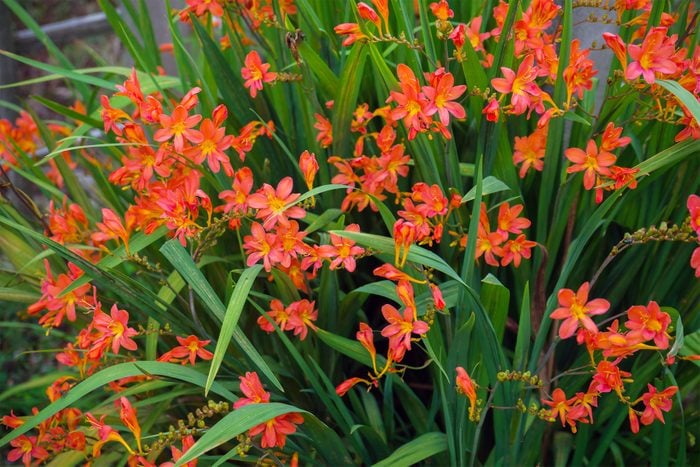
Crocosmia
With slim, upright leaves topped with hot shades of red, orange and yellow, crocosmia are attractive throughout the season, but are especially show-stoppers in mid to late-summer, says Montgomery. “They are also excellent planted in containers with annuals in similar hues to add a bright pop of color and surprise in mid-summer,” she says. “They make great cut flowers, and naturalize easily.”
Plant them to attract hummingbirds and butterflies, and for their deer and rabbit resistance.
How to Plant and Grow Crocosmia
Crocosmia excels in moist, organically rich, well-drained soils in full sun to light shade. They can grow from Zones 5 to 9, but if you’re in Zone 5, give them extra winter cover and a sheltered location.
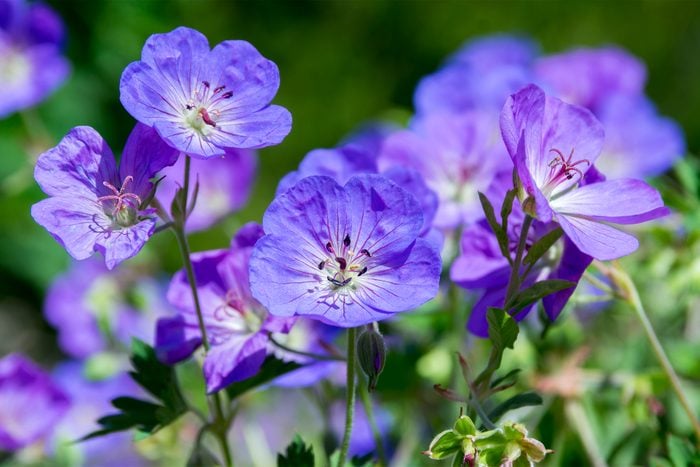
Cranesbills (Geranium)
Dainty and bright, cranesbill geraniums (aka hearty geraniums) mound into bushy clumps, making them handy for filling spaces. They are drought-tolerant once established and make excellent ground cover and borders.
Plant them in the spring or fall, in full sun to partial shade and well-draining soil. “Hardy geraniums are versatile and can thrive in a wide range of climates,” says Rotteveel. “Although they are adaptable to various soil types, incorporating organic matter at planting will encourage vigorous growth.”
How to Plant and Grow Cranesbills
Geraniums aren’t true bulb plants, but their bare roots function similarly to bulbs. Space plants 12 to 18 inches apart. Suitable for Zones 4 to 8.
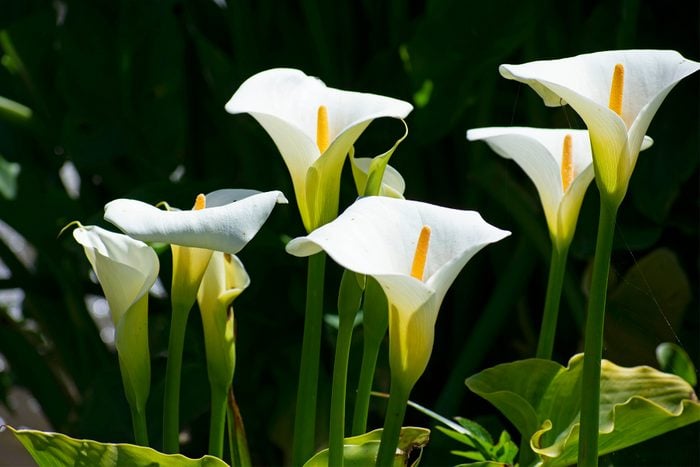
Calla Lilies
Elegant callas are heat-loving and excel in containers. “I put them in a prominent place in the garden until they have finished blooming in late summer and the foliage begins to droop,” says Montgomery. “Many gardeners use them like guilt-free annuals because their price point is the same as premium annuals.”
How to Plant and Grow Calla Lilies
Plant them in spring, after the last frost, in sunny or semi-shaded areas. They do best in rich, well-draining soil. Sow 3 inches deep and 12 to 18 inches apart. They thrive in Zones 8 to 10, but grow as annuals into Zone 3 (or you can lift the bulbs in the fall to preserve them).
“They enjoy a bit of moisture, so don’t let them dry out too much, especially during their growing and blooming phases,” says Rotteveel.
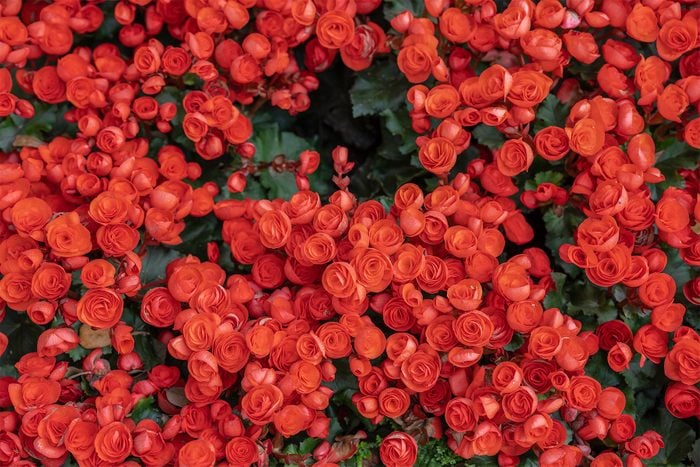
Begonias
Unlike many bulb plants, begonias do well in the shade, making them perfect for cheering up corners and other drab yard areas — especially since they bloom continuously from summer through fall. Hummingbirds love them, and they’re growing more popular in gardens thanks to an array of new varieties.
How to Plant and Grow Begonias
Plant them in the shade, in pots or the garden. Sow tubers hollow side up, about 1 inch deep, and keep the soil moist but not waterlogged. Begonias do best in Zones 9 to 11. “In cooler climates, they can be grown as annuals or tuck them away indoors to overwinter,” says Rotteveel. “Come spring, they’re ready to dazzle again.”
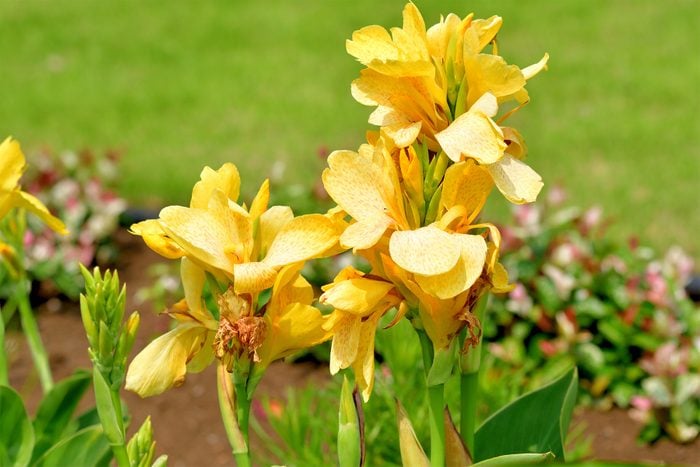
Canna Lilies
With lush, green foliage and bronze or stripped colors, orchid-like canna lilies attract hummingbirds and other pollinators and thrive both in the ground or large containers. “Canna lilies are for you if you want to feel like you’re on a tropical vacation,” says Montgomery. “There are also now shorter varieties available if you don’t have room for the giants.”
How to Plant and Canna Lilies
Canna lilies excel in heat and humidity. Plant them in full sun to light shade in the spring, after the last frost, when the soil has warmed. Sow 2 inches deep. They can survive as perennials in Zones 7 to 10.
About the Experts
Peggy Anne Montgomery is a horticulturalist with flowerbulbs.com, a non-commercial website dedicated to educating and inspiring bulb gardeners. She has more than three decades of experience working with plants in the Netherlands and U.S.
Ben Rotteveel is co-owner of DutchGrown, a family-run company that has been growing flowering bulbs since 1882. The family farm is in the famous bulb fields of Holland, and they distribute them out of their base in Pennsylvania.
Carol Michel is a blogger, speaker and podcaster, teaching audiences about all things gardening. She is author of Digging and Delighted: Live Your Best Gardening Life and other books about gardening humor and advice.

